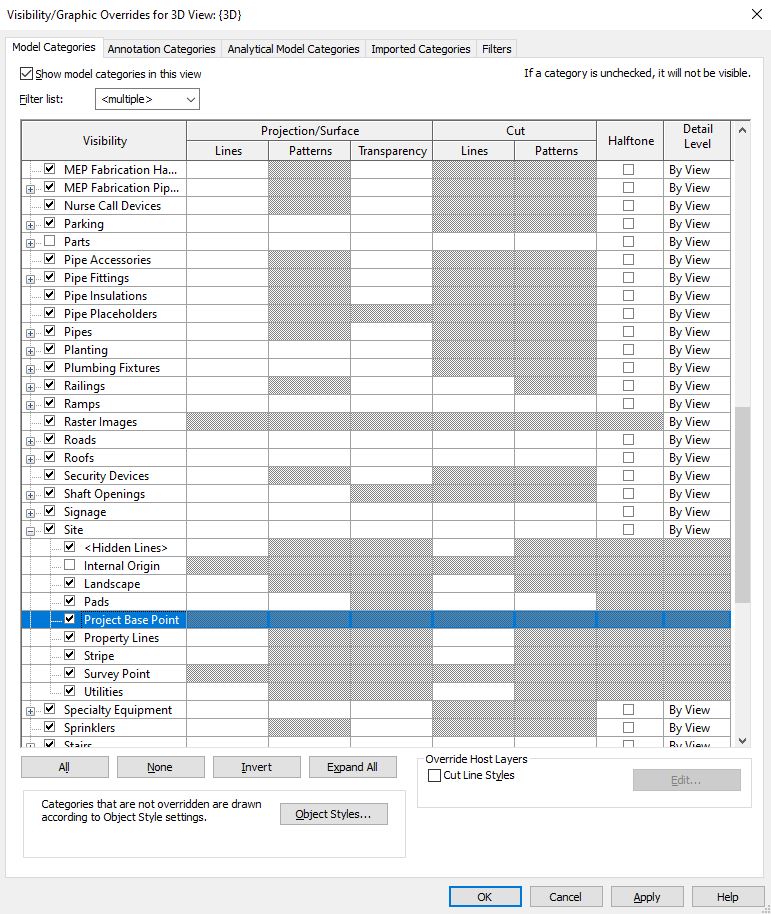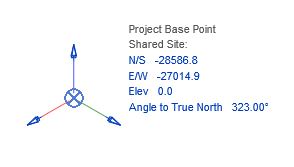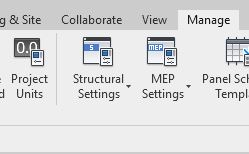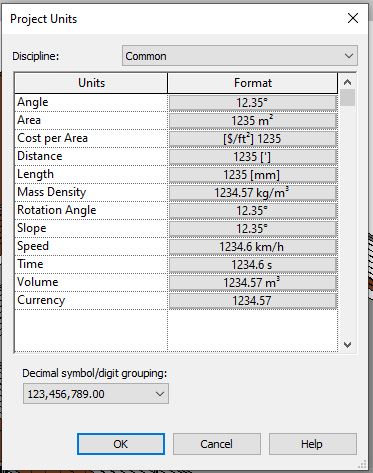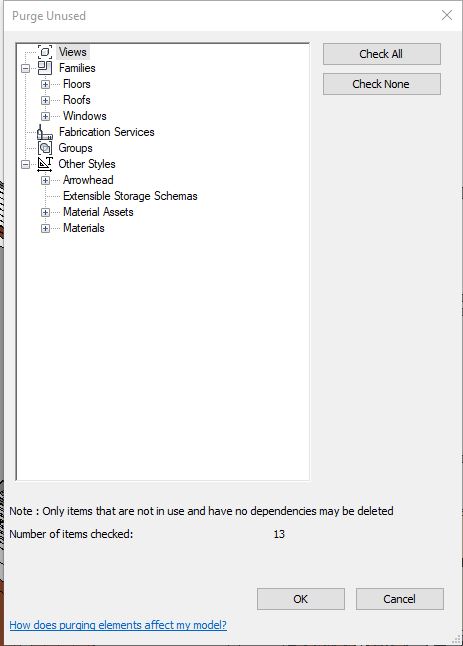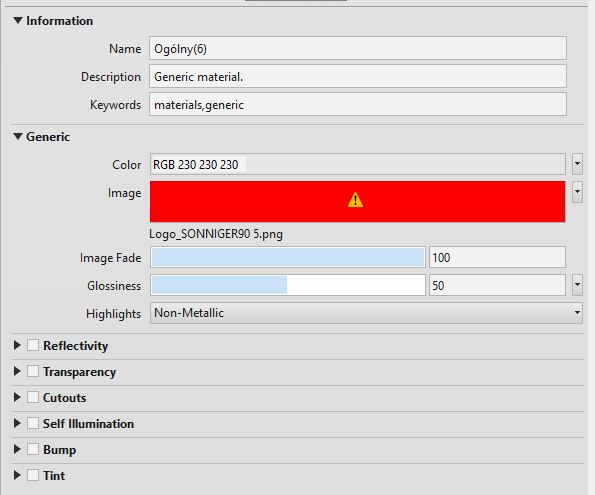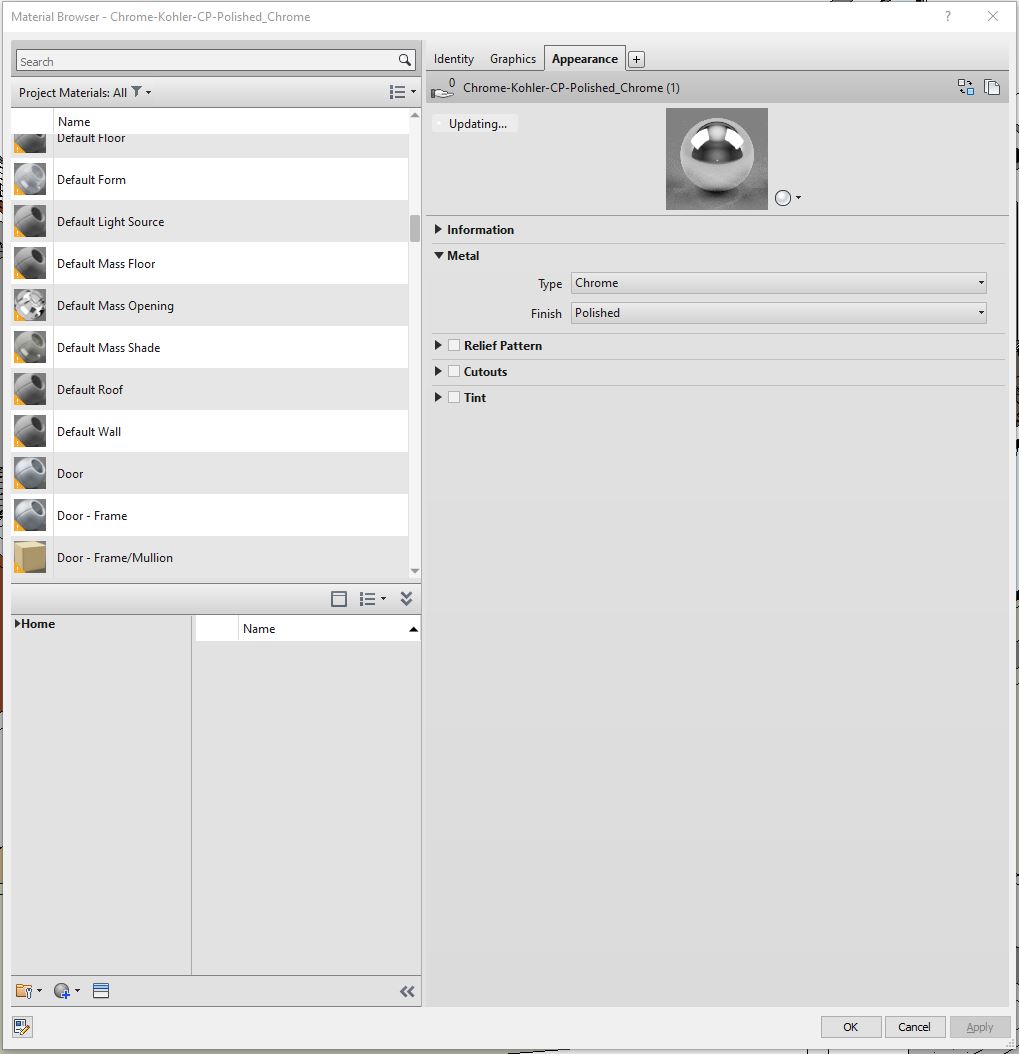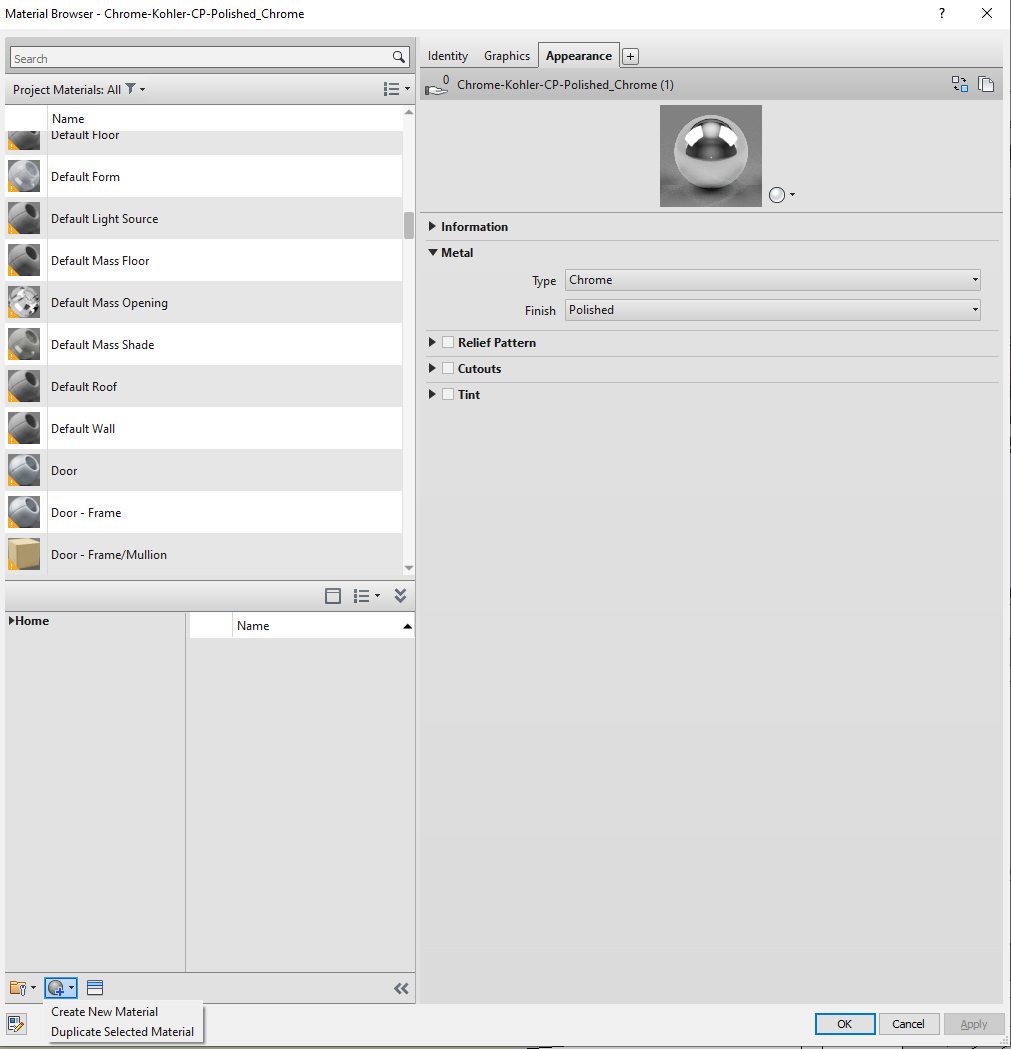REVIT
The layers

Make sure the model structure is correct and does not contain unnecessary layers.
Try to simplify the design in terms of its complexity. Also, limit the number of bonds, groups and families.
Properly assign names to objects so that they do not repeat themselves.
Organize the project in order to organize it clearly.


Model

Check the position of the entire model.
Check scale and units.
Check the relative position of objects and their constraints.
Delete unused or invalid objects.
Clean up the model and fix any errors found.
Optimize model complexity.
Make sure that all objects are visible and that the project does not contain lost references or hidden elements.
After making changes, save the document again with a different name.

Textures
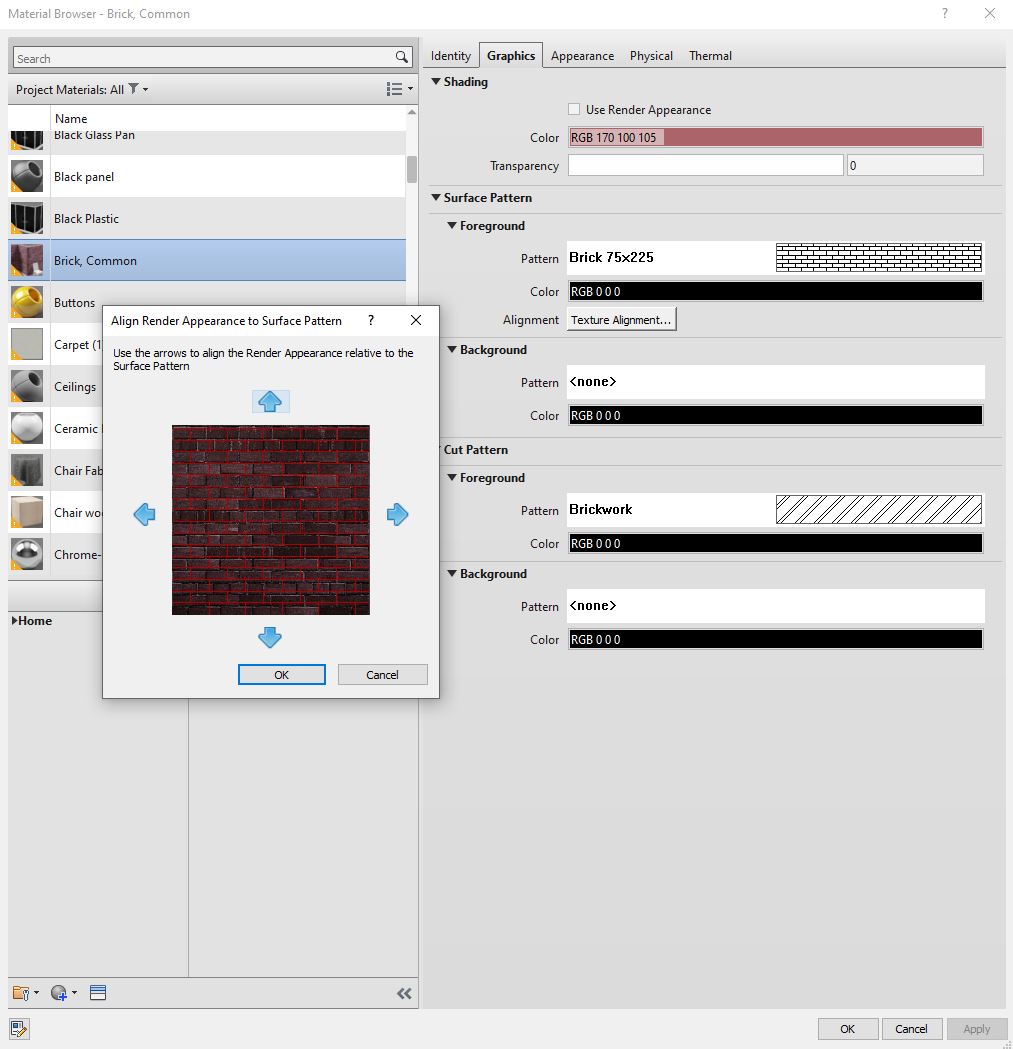
Make sure the model has properly mapped surfaces with textures
Make sure that all textures display properly on the model.
Use individual and unique names for the textures and materials used.
Remember to use good quality textures, but we recommend using textures not exceeding 2k resolution.
When creating your own textures, remember to assign the maps correctly and their glow values. PBR materials are also possible for using.
Save all images used in the model in a separate folder and upload them together with the model file to the SeeMyModel platform.

